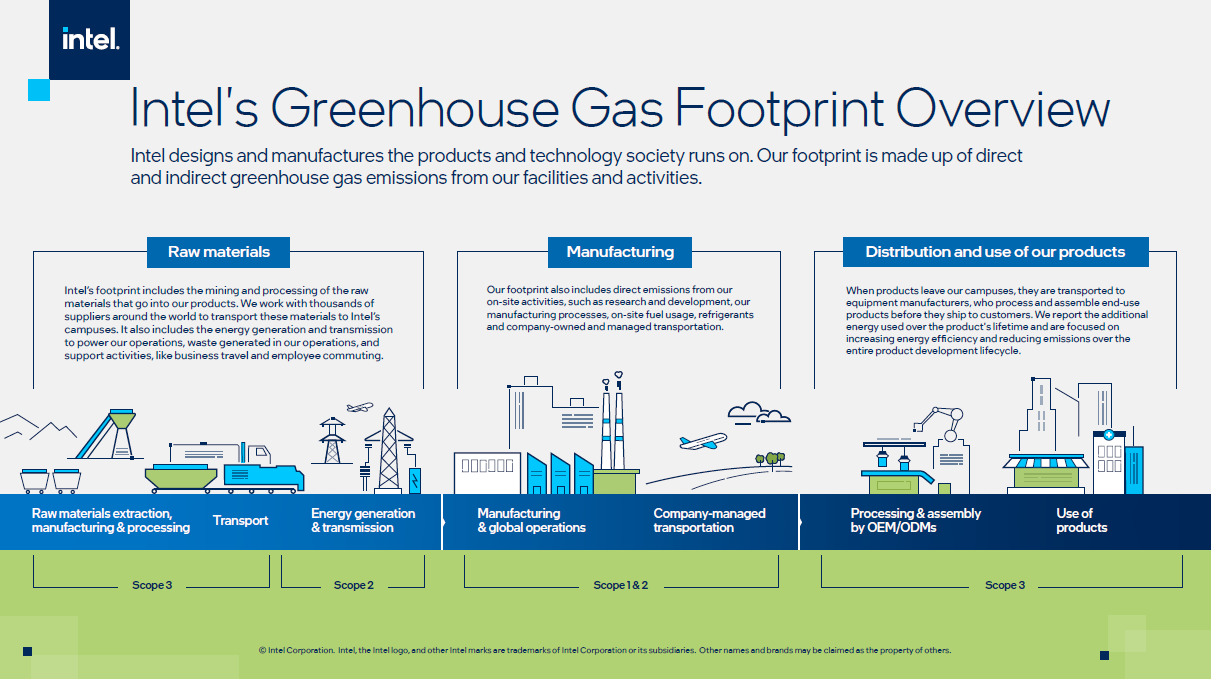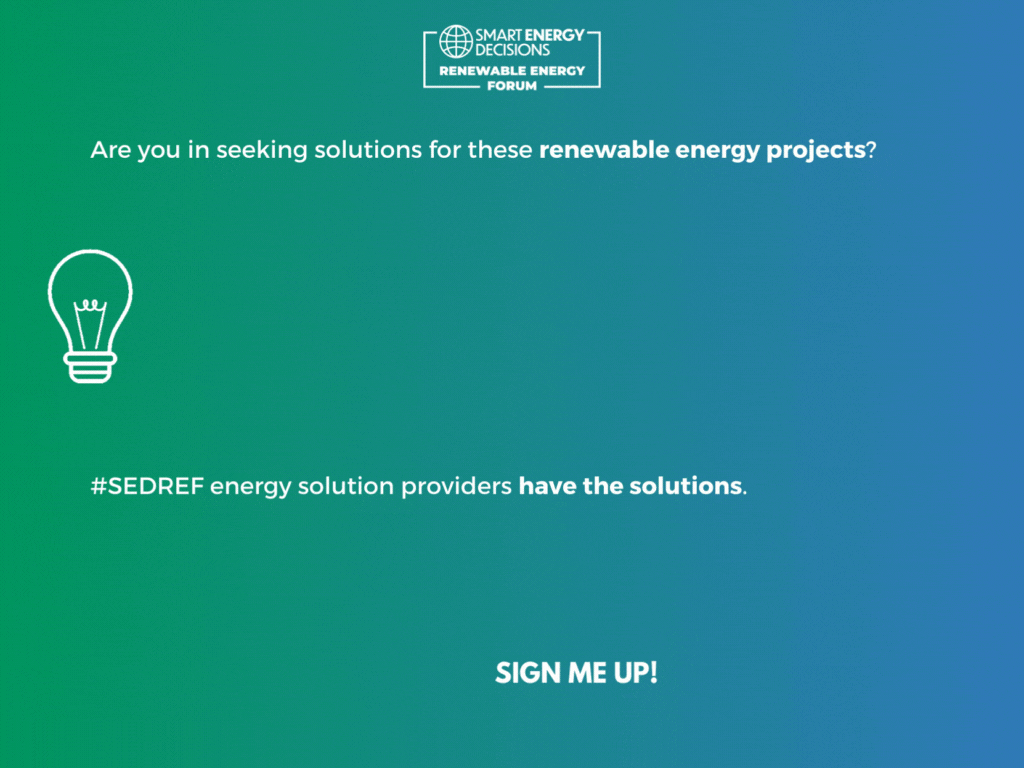Energy Efficiency, Industrial - April 18, 2022 - By Stephen Harper, Intel
Intel Makes Climate Change Commitment, Calls for Matching Federal Policy Ambition
Climate change is one of the biggest challenges facing the world today. Meeting that challenge will require nothing short of a reinvention of how we produce and consume energy. That in turn will require aggressive actions by both the private and public sectors.
What Intel is Doing to Meet the Climate Challenge
Intel announced additional contributions to the private sector part of the climate equation. We have committed to achieve net-zero greenhouse emissions in our global operations by 2040, to drive supply chain greenhouse gas emissions to at least 30% lower by 2030 than they would have been without action, to increase the energy efficiency and lower the carbon footprint of Intel products and platforms, and to work with customers and industry partners to create solutions that lower the greenhouse gas footprint of the entire technology ecosystem.
Intel’s 2040 goal covers its Scope 1 and Scope 2 emissions, which include direct emissions from operations and the emissions associated with purchased electricity. Achieving this ambitious goal will require Intel to take a number of specific actions, including:
- Achieving 100% renewable electricity across global operations
- Investing approximately $300 million in facility energy conservation to save 4 billion kilowatt-hours of energy
- Building new factories and facilities to U.S. Green Building Council® LEED® standards
- Launching a cross-industry R&D initiative to identify lower greenhouse gas chemicals and develop more effective emissions abatement equipment.
Intel is also committed to reducing Scope 3 emissions, which include all other indirect emissions that occur throughout our value chain, and will require:
- Close collaboration with our major suppliers to deploy clean energy solutions and reduce supply chain emissions
- Further improving the energy efficiency of our client and server microprocessors
- Optimizing the size and design of internal components to reduce the size of main boards
Over the last 20-plus years, Intel has been a leader in sustainability and dramatically reduced its climate footprint. The company has accomplished this through a combination of reducing its fluorinated gas emissions, converting to 100% renewable energy in the U.S. and over 80% globally, conserving 161 million kilowatt-hours of energy, and investing in energy efficiency at its factories and buildings.
Click image to download
In addition to these efforts to reduce our own climate footprint, Intel is also taking actions to increase our “handprint” focus. Our handprint is the role our products, and the solutions of our customers, play in helping the ultimate consumers – businesses and individuals – reduce their own footprints. Much of the handprint effect involves increasing the energy efficiency of homes, buildings, and industrial operations.
Matching Federal Policy Needed
Intel’s commitment is ambitious and aggressive. Together with the net-zero commitments of other U.S. companies, we can make a significant contribution to achieving a societal net-zero target. Such commitments, however, are necessary but not sufficient. What is needed is a matching commitment by the public sector – government – to help reinvent our energy system. The public sector commitment must take the form of smart government policies that help increase the market for climate-smart technologies.
A down payment on that contribution was made in Congress’s recent passage of the bipartisan infrastructure package. That legislation includes substantial funding for climate technology R&D, new energy efficiency initiatives, and enhancements to the nation’s transportation systems and electrical grids. More climate-friendly policies may be on the way.
Intel and 26 other companies recently joined the Center for Climate and Energy Solutions (C2ES), signing a letter urging Congress to take the next step and pass the climate-related provisions of the Build Back Better Act. These provisions include enhanced tax credits for various clean energy technologies, a directive to increase federal procurement of green products and services, funding for U.S. Postal Service procurement of electric vehicles, and investments in climate adaptation science, among other provisions.
In the words of our congressional letter, “The climate and clean energy provisions in Build Back Better…would harness market forces and help spur private sector investment at the scale needed to meet our long-term climate goals. Crucially, these investments will also support the growth of sustainable domestic industries and the good jobs that come with them in communities across the country.”
This column originally appeared at Policy@Intel.
 Stephen Harper is Senior Director of Environment and Energy Policy at Intel.
Stephen Harper is Senior Director of Environment and Energy Policy at Intel.
Read These Related Articles:
Stay Up-To-Date













